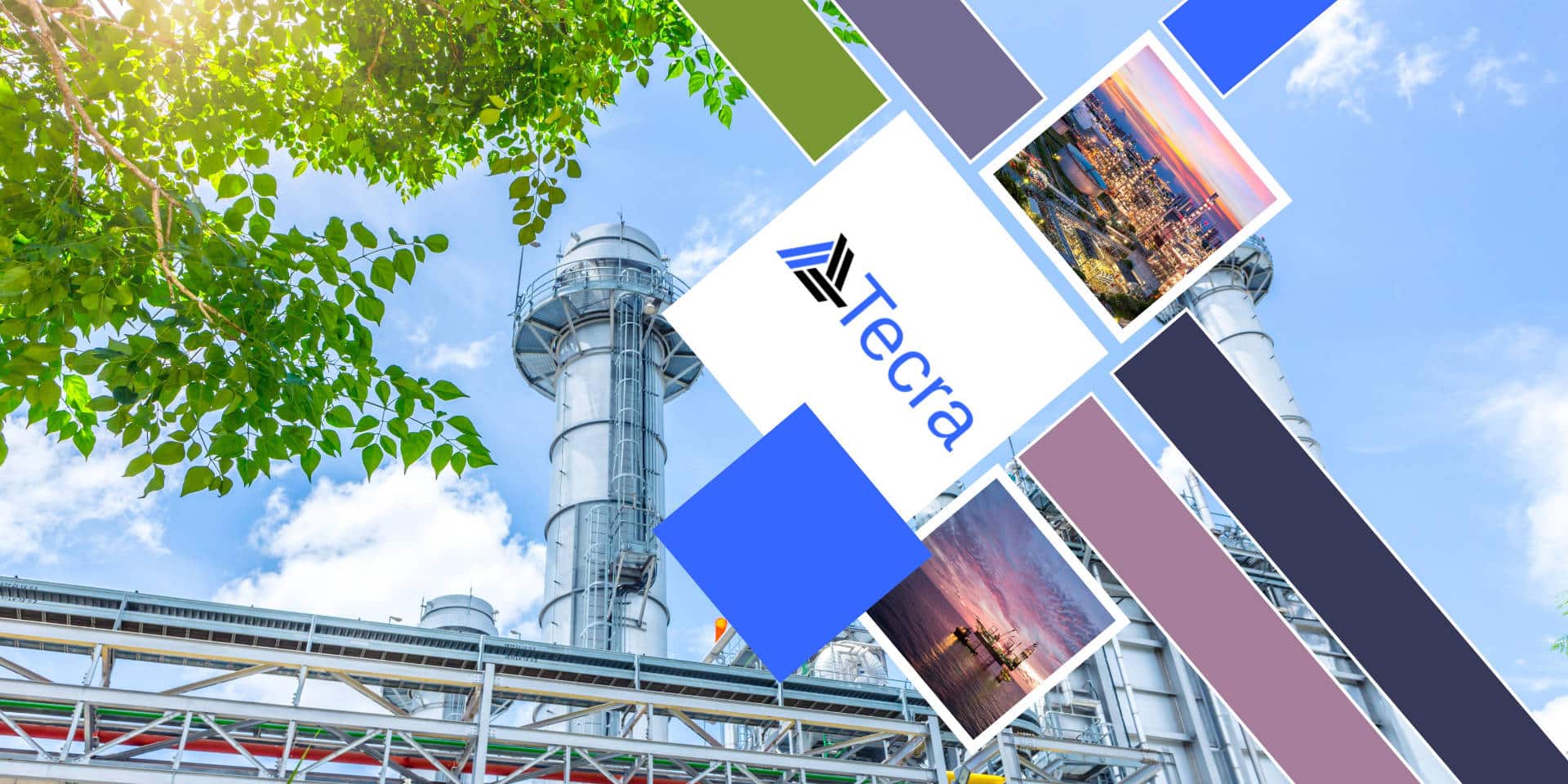Tecra, care for green transition and environmental sustainability, studies the new trends in tubes and fittings that will corner the market soon.
In fact, also the petrochemical industry is adapting to the new environmental legislation by adopting focused strategies and interventions to reduce the environmental impact and improve safety towards a more sustainable energy transition.
Common materials typically used in all industrial processes and in the instrumentation and petrochemical industry have a significant impact on the environment in terms of energy consumption, emissions and pollution they produce to use them. In fact, some of them can also release pollutants contaminating the environment. In addition, they require periodic maintenance to avoid spills and leaks which can lead to additional costs and a strong consequence on the territory. For all these reasons, many companies are investing in environmental certifications, new technologies and energy efficiency. Moreover, some manufacturers are now replacing old plants with new equipment including Electric Arc Furnace (EAF) with lower CO2 emissions.
Generally speaking, investments are moving along 3 directions:
- new technologies that better control emissions;
- compliance with international legislation;
- and safety systems that prevent damages and requalification of the existing plants and areas.
That said, traditional materials are still used also in the context of energy transition due to their technical characteristics, although they will be produced in a more and more sustainable way.
In fact, stainless steel is a fundamental metal to realize infrastructures in the field of renewable energy and for energy transmission and distribution network produced by renewable sources. For example, with reference to gas and hydrogen transmission, only tubes that can endure high pressure and ensure tightness and safety must be selected and also in this case steel is the best solution.
Furthermore, to improve its resistance to corrosion, steel can be coated, thus contributing to enhance its durability and reliability.
At the end, steel can be recycled without reducing its quality, allowing for saving in resources.
For all these reasons, therefore, it will continue to be used and well supports the ongoing energy transition; at the same time technological innovation allow it to be produced in a more sustainable way and contribute to save and reduce leaks risks thanks to sensors for constant monitoring of pipelines conditions.

